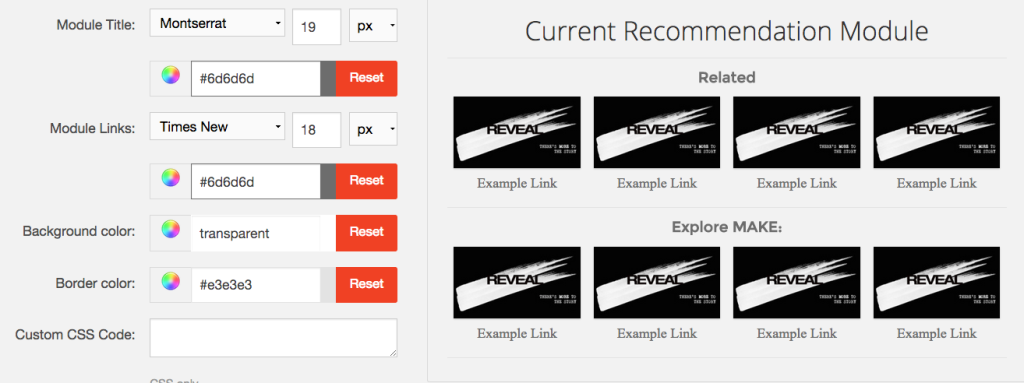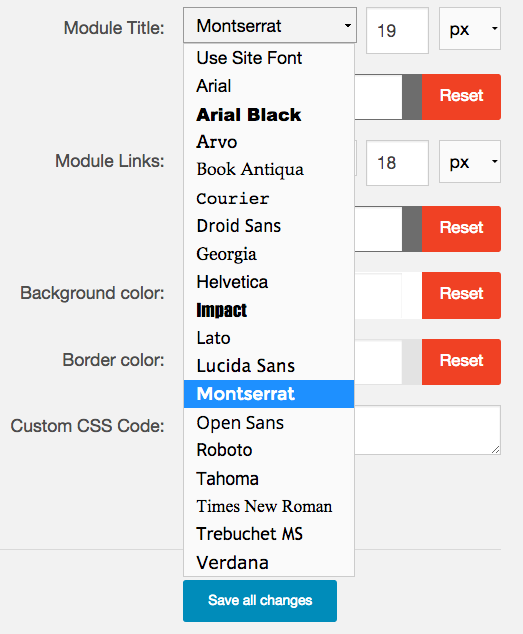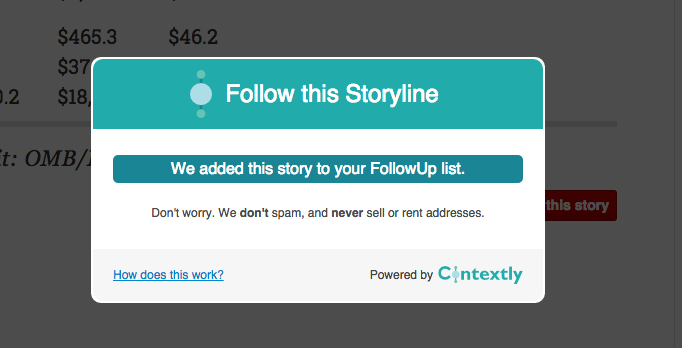
This is not the kind of technology you want creating recommendations for your readers.
WPEngine, one of the premier WordPress hosting sites, allows sites to run almost any plugin.
But notably WPEngine blocks a number of related posts plugins, including Dynamic Related Posts, SEO Auto Links & Related Posts, Yet Another Related Posts Plugin (YARPP), Similar Posts, and Contextual Related Posts.
It’s not competition thing for WPEngine. It’s that these plugins beat up databases, slow down servers and can even crash a site under heavy load.
Fundamentally, WordPress’s architecture which uses a MySQL database is built to serve posts to readers and give sites lots of design flexibility.
It’s not an architecture built for the computationally expensive task of figuring out content recommendations – even if it’s just looking for posts with similar tags or categories.
WPEngine recommends a few recommendation services, incuding Contextly, that create content recommendations outside WordPress as substitutes.
Why is what we do better than a service that runs on your WordPress site?
Here’s 9 things:
 Sometimes I think there’s an entry on a WordPress blog development checklist somewhere that says “Add Related Posts”.
Sometimes I think there’s an entry on a WordPress blog development checklist somewhere that says “Add Related Posts”.






 Some of what’s old is new again.
Some of what’s old is new again.